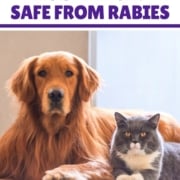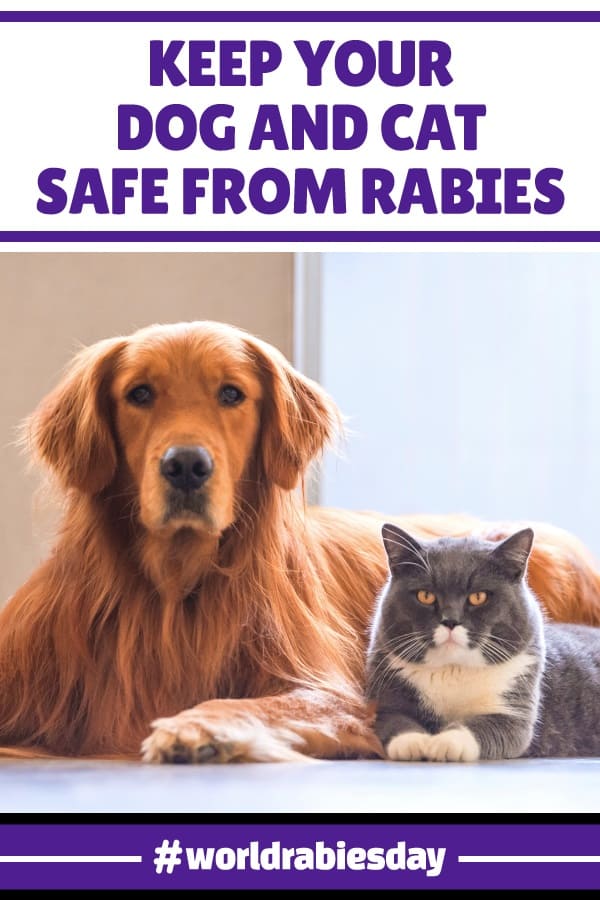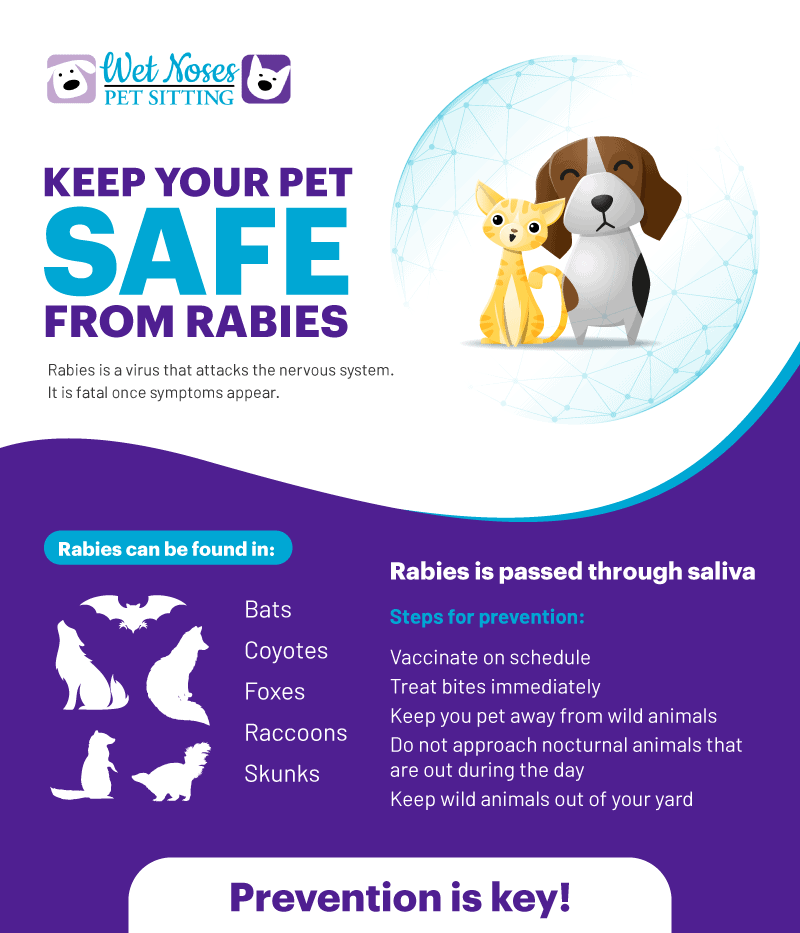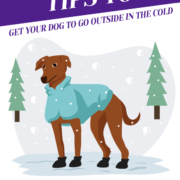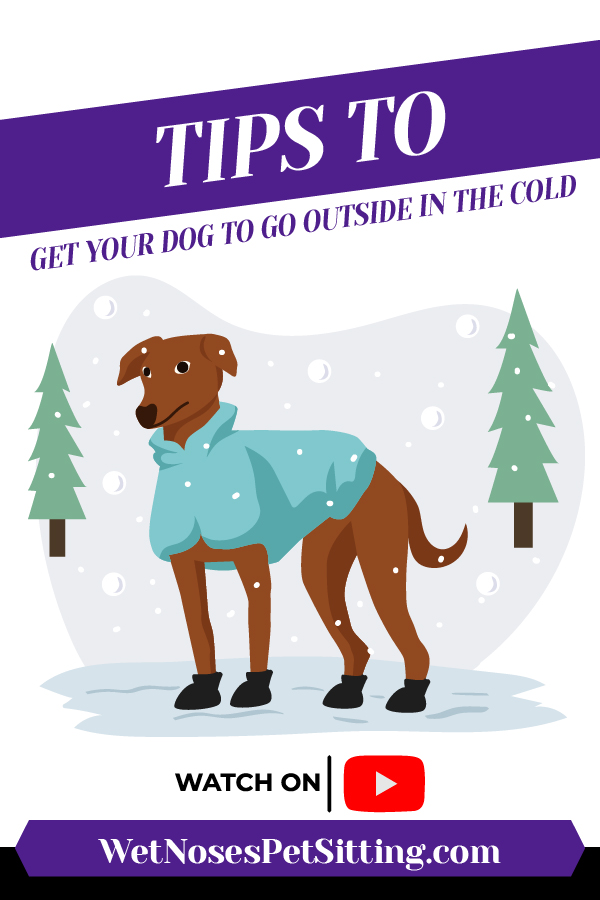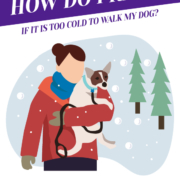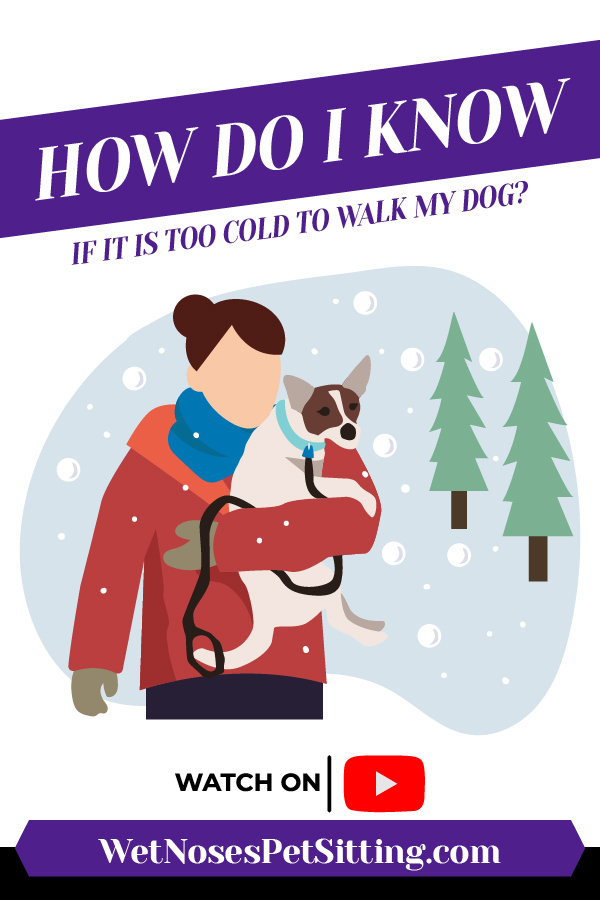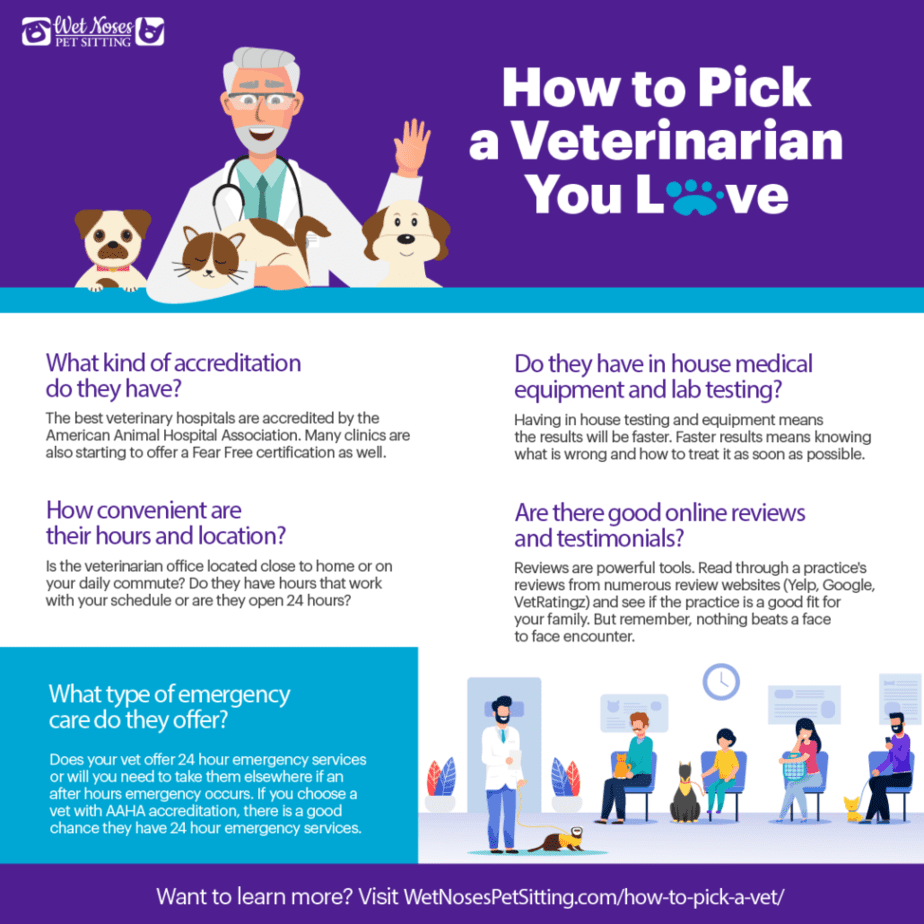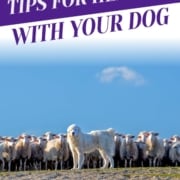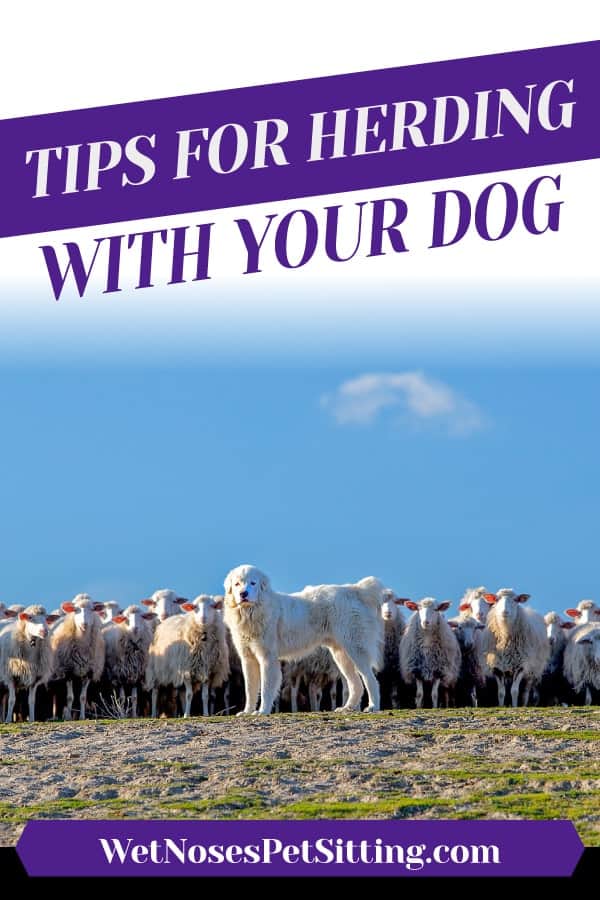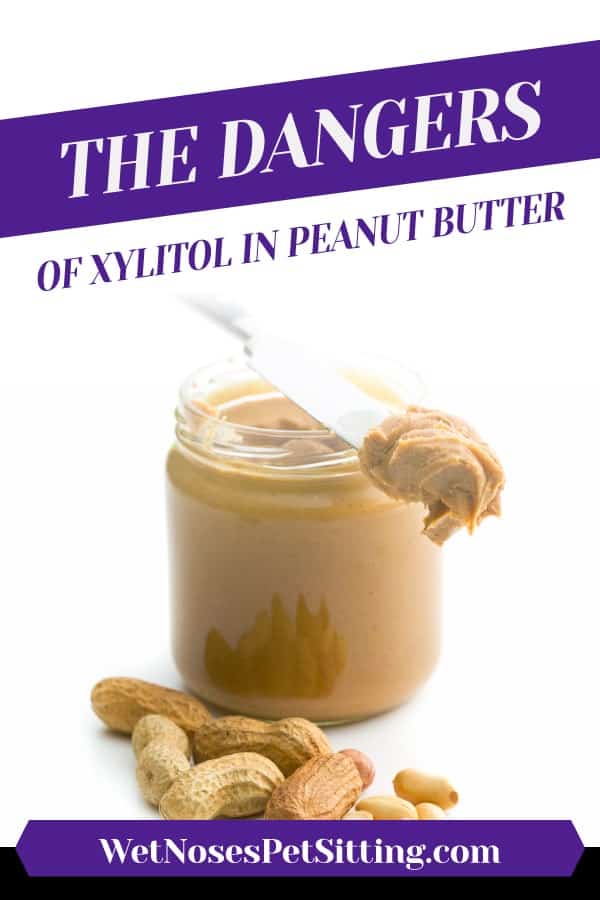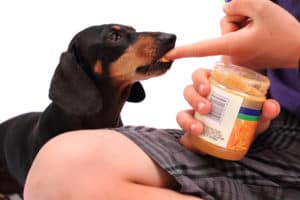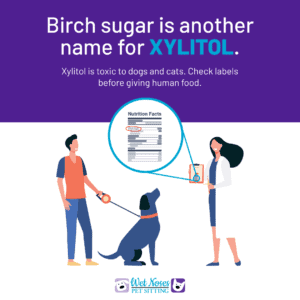Review: Chuckit! Toys – Durable for Your Dog
If you have a dog who loves to play then you have probably seen the Chuckit! brand dog toys. Today we have a review of three of the common Chuckit! toys so you can either watch the video below or read on for details!
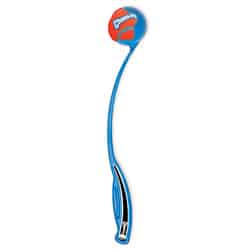 Chuckit! Launcher
Chuckit! Launcher
The Chuckit! Launcher is the ball launcher you see out at all the dog parks. It comes in 4 different sizes and it can range anywhere from $8-20 depending on what size you get. You can use any tennis ball but Chuckit! has their down regular and rubber balls. The rubber ball is super durable and much harder to puncture. The felt ball is pretty good for indoor or dry conditions outside, but if it is muddy then it is better to go with the rubber ball since you can rinse it off right after. No matter which ball you use, the Launchers will save your arm and help burn off that extra dog energy!
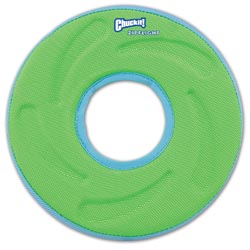 Chuckit! Zipflight
Chuckit! Zipflight
This is the Zipflight frisbee. It comes in regular and glow-in-the-dark versions for night play. The Zipflight ranges from $10-15 depending on if you get the small or the large size. It is super durable because it is a rubber and canvas material. And, the best part about this one is it goes super high, super far, and my dog hasn’t been able to destroy it so far!
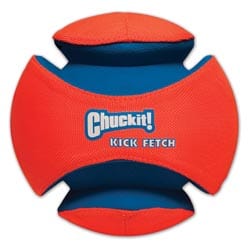 Chuckit! Kick Fetch
Chuckit! Kick Fetch
The other toy I have is the Chuckit! Kick Fetch ball. It comes in two sizes, small or large, and my dog is a pretty big shepherd mix so I have the large one for him. This one is really cool if you want to play basically kickball or soccer with your dog. My dog loves soccer but he destroys every soccer ball that he ever touches so he just likes to play too rough, but this thing is super durable.
The little blue parts are rubber and the orange is canvas material. It basically the size of a soccer ball and you can kick it around outside or in the house and hopefully your dog doesn’t destroy it right away. This is really cool, just kick it with your feet, you don’t have to touch it, just like the other Chuckit! toys. Plus, the Kick Fetch ball is about $25-30 depending on if you get the small or the large one.
What’s great about the Launcher and Kick Fetch ball is that you never have to touch a slimy, dirty ball. All you have to do is just pick it right up with the Launcher and throw it or kick it around. If you haven’t tried any of these balls or toys, even the frisbee, I recommend you give them a shot.
They may be a little bit pricier, but they are super durable and they will last a long time. It is well worth the extra money. If you have a super rowdy dog and you want to try out a couple different toys, I would recommend going for the Chuckit! brand toys, whether is it the Kick Fetch, the Zipflight frisbee or the Chuckit! Launcher.
Have fun playing with your dog!



